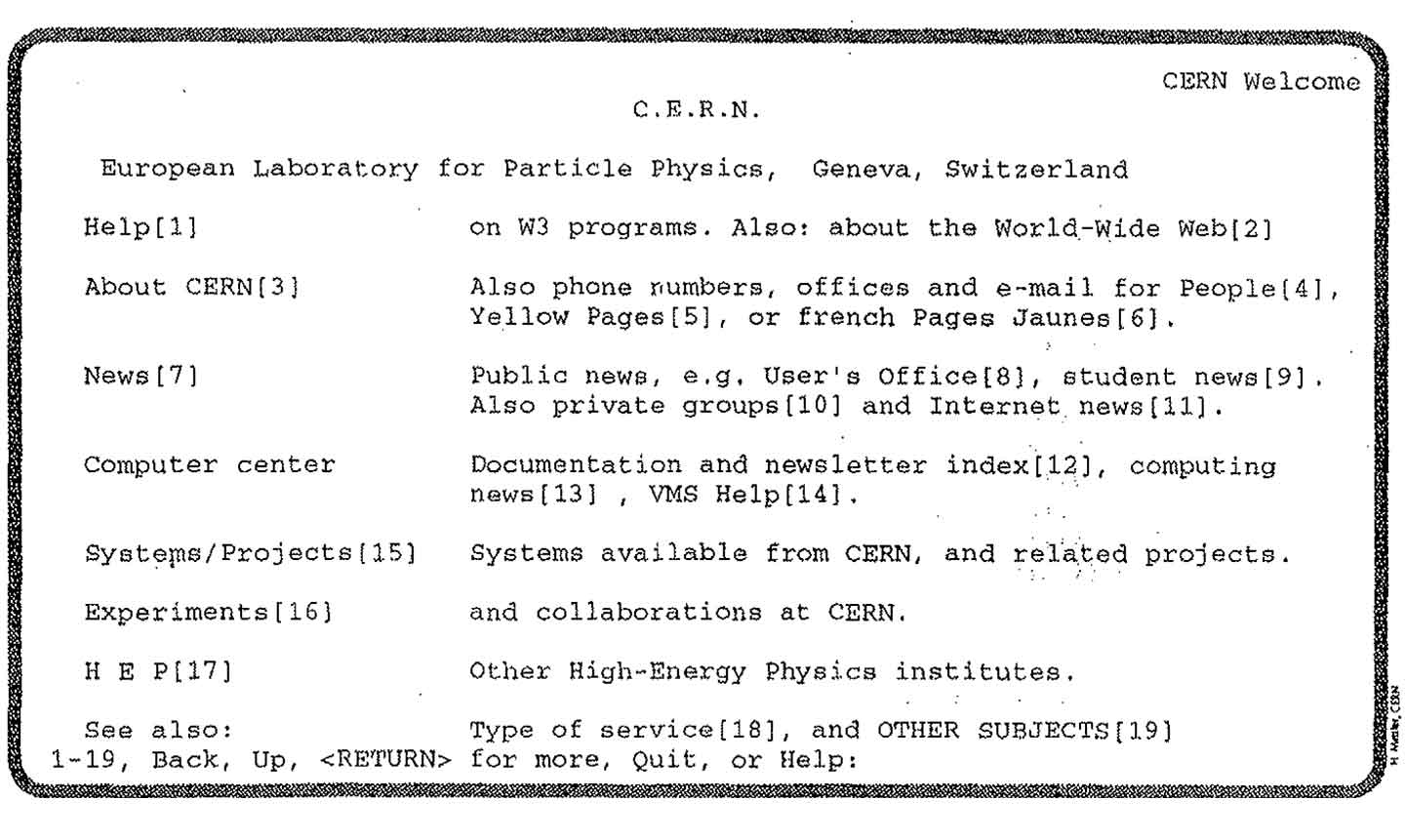As part of the project to restore and preserve the world’s first website, CERN wants to bring the line-mode browser experience back to life so that people can step back in time and relive what it was like to browse the world wide web in its earliest days.
The first browser, built by Tim Berners-Lee on a NeXT computer, was really quite sophisticated; it was also beyond the capabilities of most of the computers in use at the time. In order to get WWW to be widely adopted, the early web project team at CERN developed a browser that could work with a wide variety of computers and terminals. It was called the line-mode browser.
In order to create an emulator of the line-mode browser for visitors to the first website to try out, a small group of designers and developers will be invited to the birthplace of the web to take part in a coding event on the 19-20 September 2013.
If you are a leading front-end web developer and you are passionate about the web and its history, find out more about the restoration project and how to take part in these line-mode browser development days.

